Electroencephalography
Introduction
Electroencephalography (EEG) is a non-invasive method used to record electrical patterns in the brain. This technique is essential in the fields of neurology, psychiatry, and clinical neuropsychology. It is used to diagnose and monitor various neurological disorders, including epilepsy, sleep disorders, and encephalopathy.
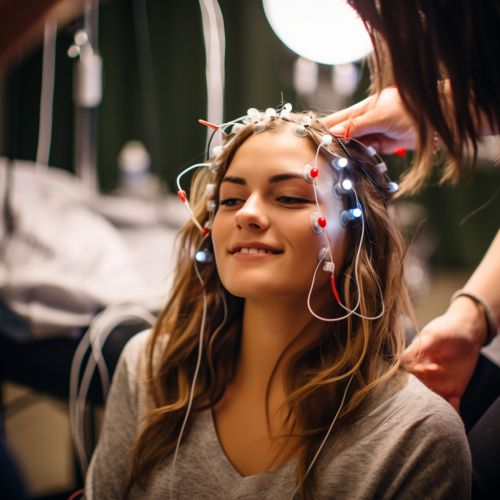
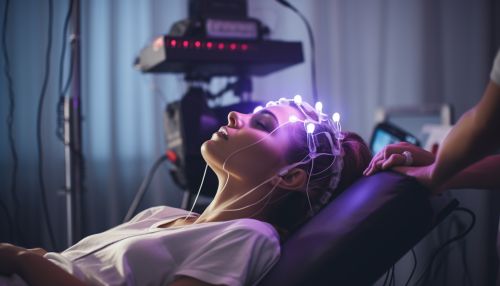
History
The concept of EEG was first introduced by a British physician, Richard Caton, in the late 19th century. However, it was Hans Berger, a German psychiatrist, who made significant advancements in this field in the 1920s. He was the first to record human brain waves using a device called an electroencephalograph.
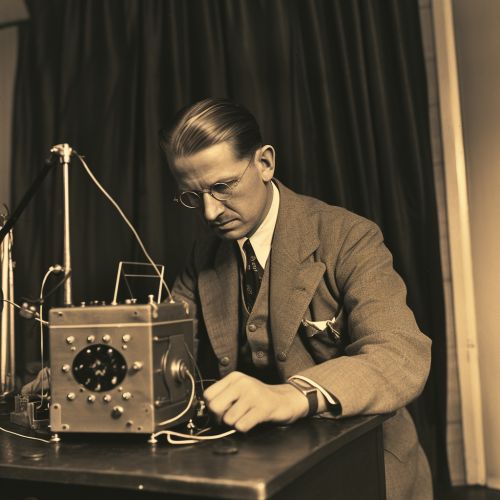
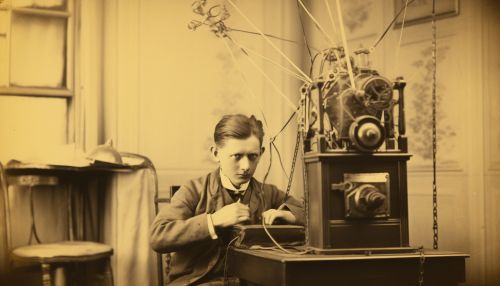
Principles of Electroencephalography
EEG works on the principle that neuronal activity in the brain produces electrical currents. These currents can be detected and recorded by placing electrodes on the scalp. The recorded signals are then amplified and visualized as waveforms on a computer screen or paper.
EEG Procedure
The EEG procedure involves the placement of electrodes on the scalp using a special cap or individually placed electrodes. The number and arrangement of electrodes may vary depending on the clinical requirement. The patient is then asked to relax and remain still to prevent any artifacts or false readings.


EEG Waveforms
The EEG recording displays a series of waveforms that represent the electrical activity of the brain. These waveforms are categorized into different frequency bands, namely delta, theta, alpha, beta, and gamma waves. Each of these waves is associated with different states of brain activity and consciousness.
Clinical Applications
EEG is widely used in the diagnosis and management of various neurological conditions. It is particularly useful in diagnosing epilepsy, as it can capture the electrical discharges associated with seizures. EEG is also used to assess brain function in cases of coma or brain death.
Research Applications
Apart from its clinical applications, EEG is also used in research to study brain function and cognition. It is used in cognitive neuroscience to study processes like attention, memory, and language. It is also used in psychophysiology to study the relationship between psychological phenomena and physiological responses.
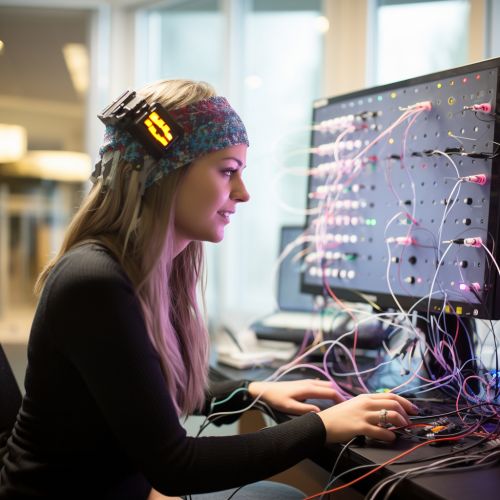
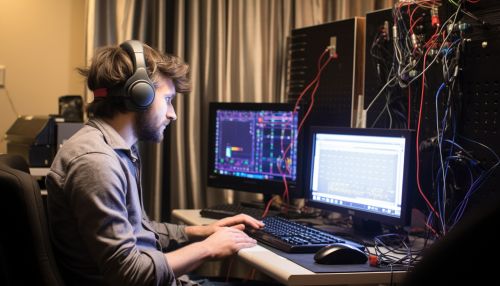
Limitations and Challenges
While EEG is a valuable tool in neuroscience, it has its limitations. The main challenge is the difficulty in pinpointing the exact source of electrical activity within the brain. This is due to the 'blurring' effect of the scalp and skull, known as the volume conduction problem.
Future Directions
With advancements in technology, EEG is continually evolving. New techniques like quantitative EEG (qEEG) and event-related potentials (ERPs) are being developed. These techniques aim to improve the spatial resolution of EEG and provide more detailed information about brain function.
